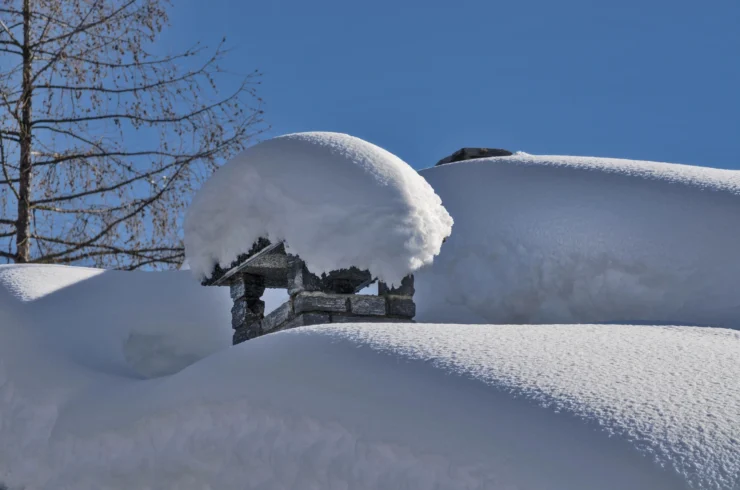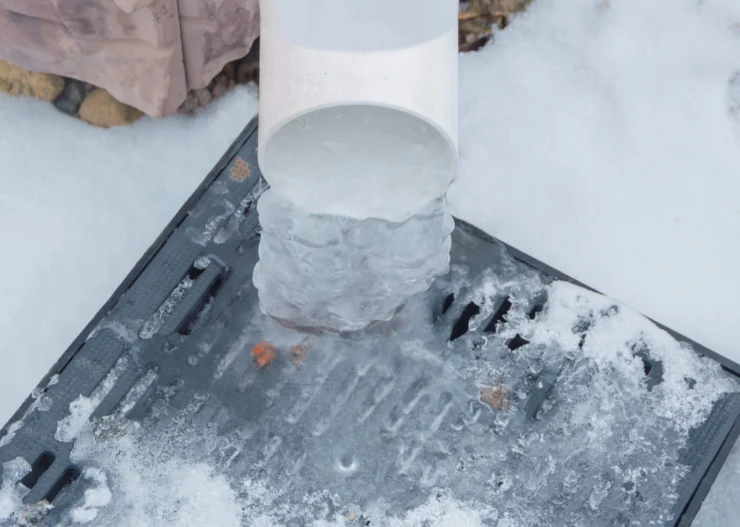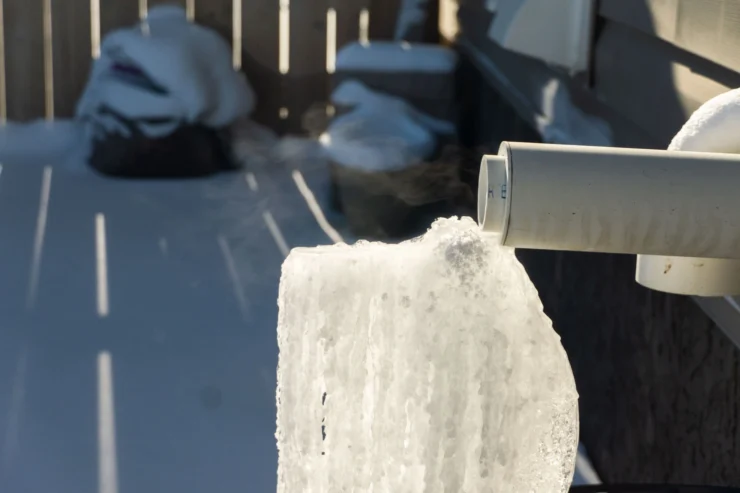How Heavy Snow Can Shut Off Your Furnace
January 14, 2013When temperatures drop and snow starts piling up, your furnace should be your home’s most reliable ally. But what many homeowners don’t realize is that during or after a snowstorm, your furnace might stop working—not because it’s broken, but because it’s suffocating.
Some furnaces vent through exterior walls or even the roof, and if those vents get blocked by snow, your entire heating system can shut down for safety reasons.
Understanding how this happens, and more importantly, how to prevent it, can help you avoid a no-heat situation when you need warmth the most.

How Snow Can Block Furnace Vents
Modern high-efficiency furnaces typically have two PVC pipes that run outside: one for intake and one for exhaust. These pipes might exit through a side wall or up through the roof.
When heavy snow falls, it can accumulate quickly around exterior vents, especially if they’re located low to the ground or in areas prone to drifting.
When snow blocks either of these vents, your furnace can no longer safely breathe. Exhaust fumes can’t exit properly, and the system can’t draw in the air it needs to operate. To prevent dangerous conditions, your furnace will automatically shut down until airflow is restored.
Even a partial blockage can cause erratic performance or trigger error codes. And in the middle of a snowstorm, you may not realize the cause until your home starts getting noticeably colder.

5 Ways to Prevent Furnace Vent Blockages in Winter
1. Check Vent Locations
Take a moment to find out where your furnace vents are. If they’re located near the ground, behind bushes, or close to rooflines where snow slides off, they’re more likely to get blocked.
Make sure these areas stay clear—not just of snow but also of ice, leaves, or other obstructions.
2. Inspect After Each Snowfall
A quick visual check after a heavy snowfall can save you from waking up to a freezing house. Look for signs of buildup around the vent openings and gently clear away snow using a broom or brush.
Avoid using shovels or hard tools that could damage the vent pipes.
3. Install Vent Covers or Hoods
Adding a vent cover can help prevent snow from blowing directly into the pipe opening or forming a pile around it. Each cover should be installed professionally to make sure it doesn’t interfere with airflow or manufacturer specifications.
4. Clear Roof Overhangs and Eaves
If your furnace vents through the roof, check the area above for icicles or snow buildup that could fall and clog the pipe. Keep gutters clear and consider a roof rake to gently manage overhanging snow where safe to do so.
5. Schedule Routine Maintenance
A well-maintained furnace is less prone to shutting down unexpectedly. During seasonal tune-ups, a technician can check venting systems for proper installation, slope, and secure connections, ensuring everything’s in top shape before winter hits.

Count On Summers & Zim’s for Emergency Heating Help
If your furnace stops working during a snowstorm, don’t panic—call Summers & Zim’s. We’ve proudly served homeowners and businesses in Lancaster, Delaware, and Chester counties since 1930. Over the decades, we’ve seen everything winter can throw at a heating system, and we’re always ready to step in with expert repairs and practical guidance.
Our friendly team combines a good-natured attitude with unmatched HVAC experience, advanced certifications, and personalized solutions tailored to your home. We don’t just fix heating problems; we help prevent them from coming back.
Best of all, our work is backed by our one-of-a-kind 5 Point Guarantee, so you can count on reliable service, honest communication, and long-term satisfaction every time.
Heating trouble caused by snow or cold? Get a free estimate for fast, dependable furnace repair and stay warm all winter long!